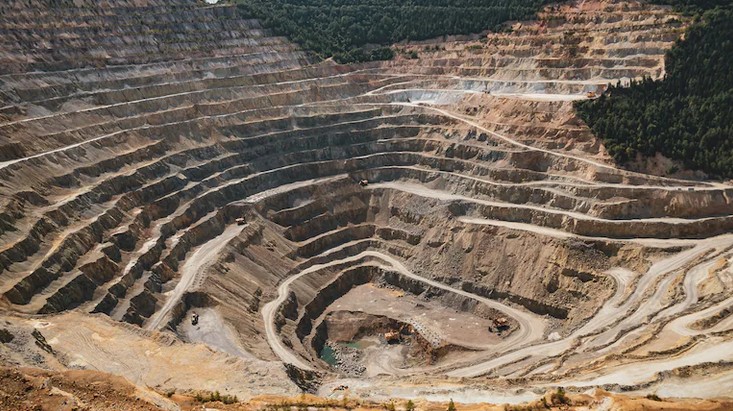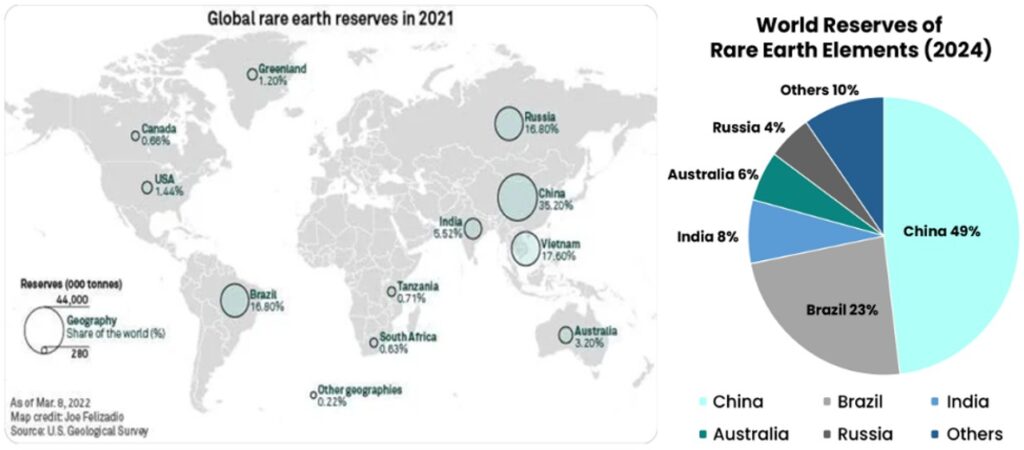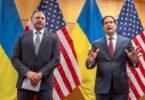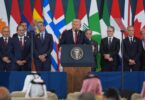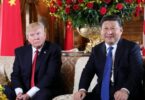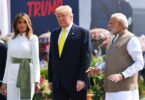According to Nasdaq, the top eight countries with REE reserves in descending order are: (
https://www.nasdaq.com/articles/rare-earths-reserves-top-8-countries): China, Brazil (21 million metric tons- 5,000 MT annual production expected in 2026), India (6.9 million metric tons – production in 2024 was 2,900 MT), Australia (5.7 million metric tons – 37,000 annual production expected in 2026), Russia (3.8 million metric tons – produced 2,500 MT in 2024), Vietnam (3,5 million metric tons – produced 300 MT in 2024), United States (1.9 million metric tons – produced 45,000 MT in 2024), Greenland (1,5 million metric tons – no production yet). Notably in 2024, the United States Geological Survey (USGS) downgraded Vietnam’s REE reserves from 22 million metric tons to 3,5 million metric tons.
The issue of REEs has come into major prominence in Donald Trump’s second presidency although he is for fuel-driven cars, not EVs, to promote American oil and friendly Gulf countries like Qatar, Saudi Arabia and the UAE. During his first presidency, Trump withdrew from the Paris Accord, ridiculing climate change as trash. Hence, the question of transitioning to green energy did not arise. During the 20 years of US occupation of Afghanistan, no effort was made to tap Afghanistan's mineral wealth, including Lithium, to be worth around USD one trillion, and Afghanistan’s potential as a major Lithium source being compared to that of Saudi Arabia’s oil, earned Afghanistan the nickname of “Saudi Arabia of Lithium".
In his pre-election rallies, Trump kept saying if he was president, the war in Ukraine would not have happened, and that he will ensure it ends soon after he becomes president. But he is already resuming arms supplies to Ukraine, particularly more Patriot missile systems. The Epstein Files are also troubling Trump, because of which he told reporters, “Let’s all forget about Epstein. Let's talk about Ukraine again”. One major reason why Trump is not so enthusiastic about ceasefire in Ukraine is perhaps because the US and Ukraine signed an agreement on April 30, 2025, that would channel US investment into Ukraine's mining sector, particularly REEs that are crucial for defence and clean energy technologies; by establishing a joint Reconstruction Investment Fund to facilitate the development of Ukraine's critical mineral wealth; estimated to be around USD 15 trillion (5% of world’s total mineral wealth). The agreement covers 57 mineral types, including lithium, titanium, cobalt, graphite, uranium, and rare earth elements
(
https://www.csis.org/analysis/what-know-about-signed-us-ukraine-minerals-deal). The agreement is seen as America’s long-term commitment to Ukraine's economic stability and security against potential Russian aggression – even though Lindsay Graham admits Ukraine is Russian territory.


